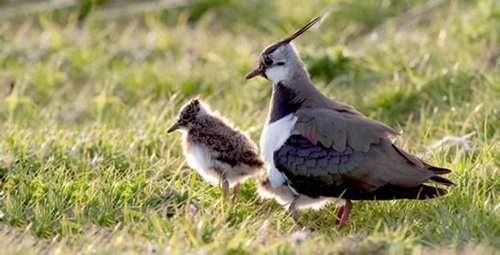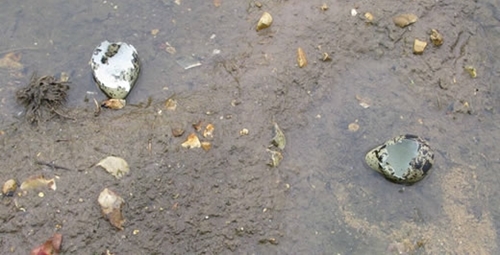In 1982 the Avon Valley was one of the top eight lowland wet grassland sites in England for breeding waders.

Since then, four surveys conducted every 6-7 years have highlighted a dramatic decline in numbers that mirrors the decline seen across Europe.
The decline in numbers
- Northern lapwing pairs have fallen from 208 in 1990 to 71 in 2010.
- Pairs of redshank have dropped from 117 to 22.
- Common snipe from 29 to just 1.
The Life+ Waders for Real project
We’re seeking to reverse this decline in wader numbers on the Avon Valley. This river floodplain is of high biodiversity interest and part of it is designated as a Special Protection Area (SPA).

Lapwing breeding has been monitored for the past eight years and findings reveal that current productivity is too low for a stable breeding population – we need to intervene to improve breeding success and breeding density.
Aims of the project
We hope to achieve a number of objectives by the end of this project:
- Create ‘hotspots’ of optimum habitat and reduced predation pressure to increase lapwing numbers.
- Increase the number of lapwing chicks so that breeding densities are large enough for lapwings to defend against predators.
- Improve productivity to reverse the decline of redshank.
- Encourage snipe to return to breed by creating the correct conditions.
- Deliver sustainable conservation action by implementing a new approach - 'Planning for Real'.
- Show to what extent habitat manipulation can be applied to tip the balance in favour of waders rather than predators. Predator behaviour in manipulated landscapes will be monitored.
- Learn which techniques offer efficient assessment and exclusion of predators and quantify the positives and negatives of predation control.
- Calculate the costs and timescales involved with each of the different techniques which can be used for increasing wader numbers.
- Ensure the effects of wader restoration on other key elements of floodplain biodiversity are monitored.
Stay updated on this project
To keep updated on this and other GWCT projects please sign up to our FREE newsletter >
